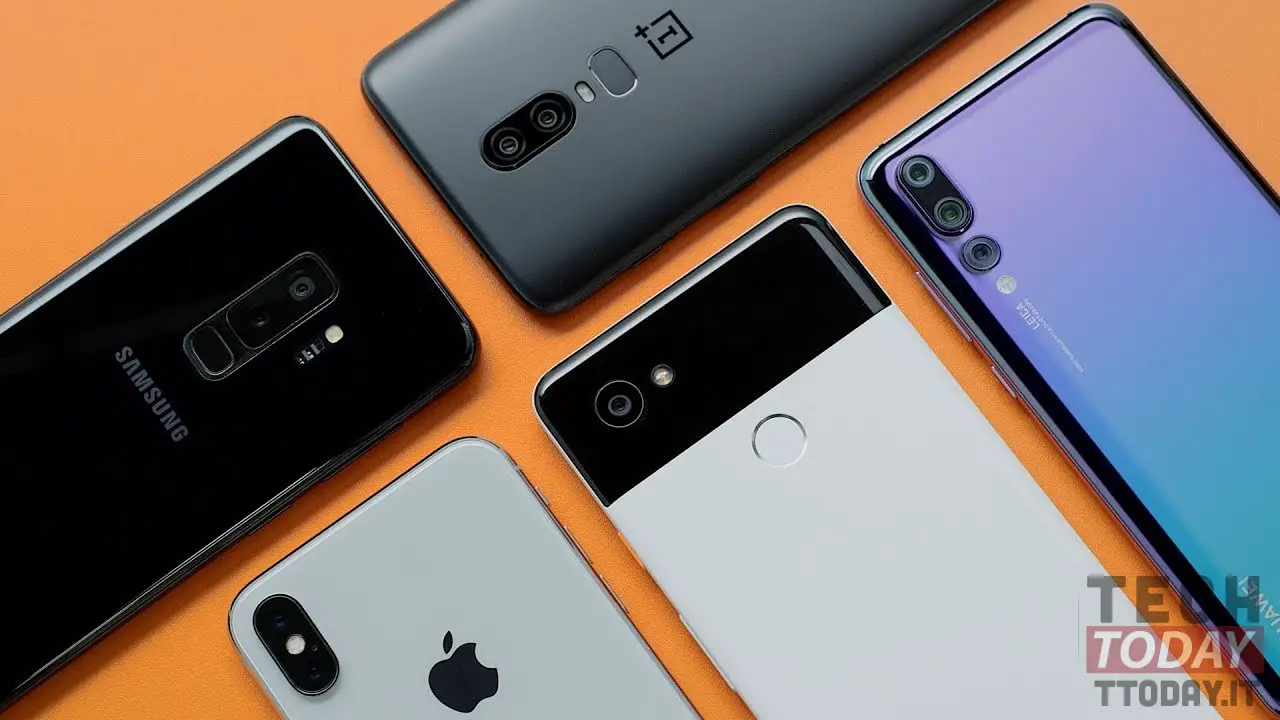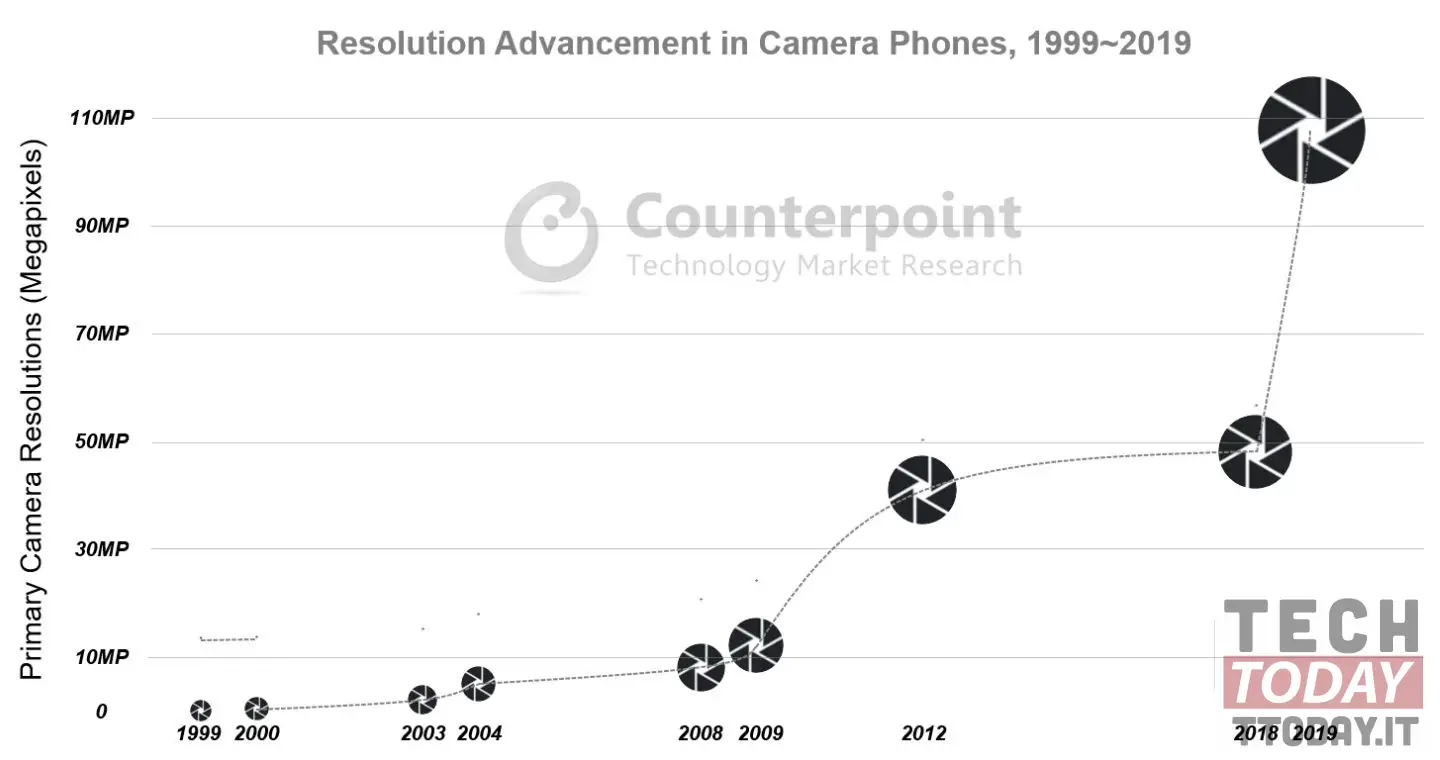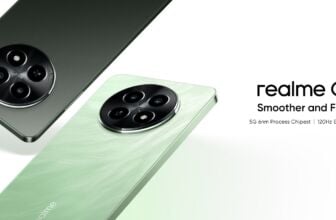
Le smartphone cameras they are one of those things that users pay the most attention to when buying a device. These and the battery actually go hand in hand. But how the photo sensors on our devices have evolved from 20 years now? A search for Counterpoint Research sheds light on what the trend has been over the past two decades and tries to understand how this will evolve into future. In this light, it is not surprising that smartphone manufacturers are investing heavily in this sector.
Here's how the cameras on smartphones have changed over the last twenty years: the resolution of the sensors has increased but so has the number
In itself, the Counterpoint Research does not say anything too exciting, but it is interesting to understand the market functioning. Yes, because the change in cameras over the last 20 years is mainly due to the question of users. The first and most important data is the increase in resolution. Over the past 20 years, the camera resolution for smartphones has increased exponentially.

Starting from 1999, the year in which smartphones probably didn't even have photographic sensors, there has been an increase in which main peak was seen in 2012. Until 2018, the increase in resolution was negligible but in the last two years, here it is the surge. In 2020, more than a third of global shipments were of smartphones with primary sensors 32 to 108 megapixels. Analysts expect this trend to continue.
The second trend is the use of multiple sensors in the same module. In 2020, a smartphone averaged 3.7 modules. At the same time, cameras with four or more modules occupy 29% of the market. As the trend towards more modules affects increasingly affordable price segments, smartphones with multi-module cameras will exceed 90% in 2023.
Read also: How many and which smartphone camera modules will be sold in 2021?

The last but obvious factor is what concerns theartificial intelligence. The researchers say that the further we go, the more photographic sensors will be based on the AI. This allows for better scene recognition, optimization of exposure settings and makes available image processing algorithms.
Cover image | Marques Brownlee








